What is an Aluminium Food Container? Benefits, Uses, and Best Options
Aluminium food containers have gained immense popularity in the food service industry, recognized for their lightweight and recyclable properties. According to a report by Smithers Pira, the global market for food packaging is projected to reach approximately $500 billion by 2025, with aluminium products progressively capturing a larger share due to their sustainability. This surge in demand underscores the significant role of aluminium food containers as a practical solution for both commercial and domestic use.
The benefits of using aluminium food containers are manifold. They provide excellent barrier protection, which helps to preserve food freshness while preventing contamination. Additionally, the inherent recyclability of aluminium makes it an environmentally friendly option, aligning with the increasing consumer preference for sustainable packaging solutions. Research from the Aluminium Association highlights that recycling aluminium saves up to 95% of the energy required to create new products, further supporting the case for widespread adoption.
As we look ahead to the "2025 Top 5" best options for aluminium food containers, it is crucial to evaluate the choices available that meet the needs of diverse sectors, from restaurants to meal delivery services. Insights from industry trends suggest that the future will favor products that not only excel in functionality but also prioritize sustainable practices, making aluminium food containers a cornerstone of eco-friendly food packaging strategies.
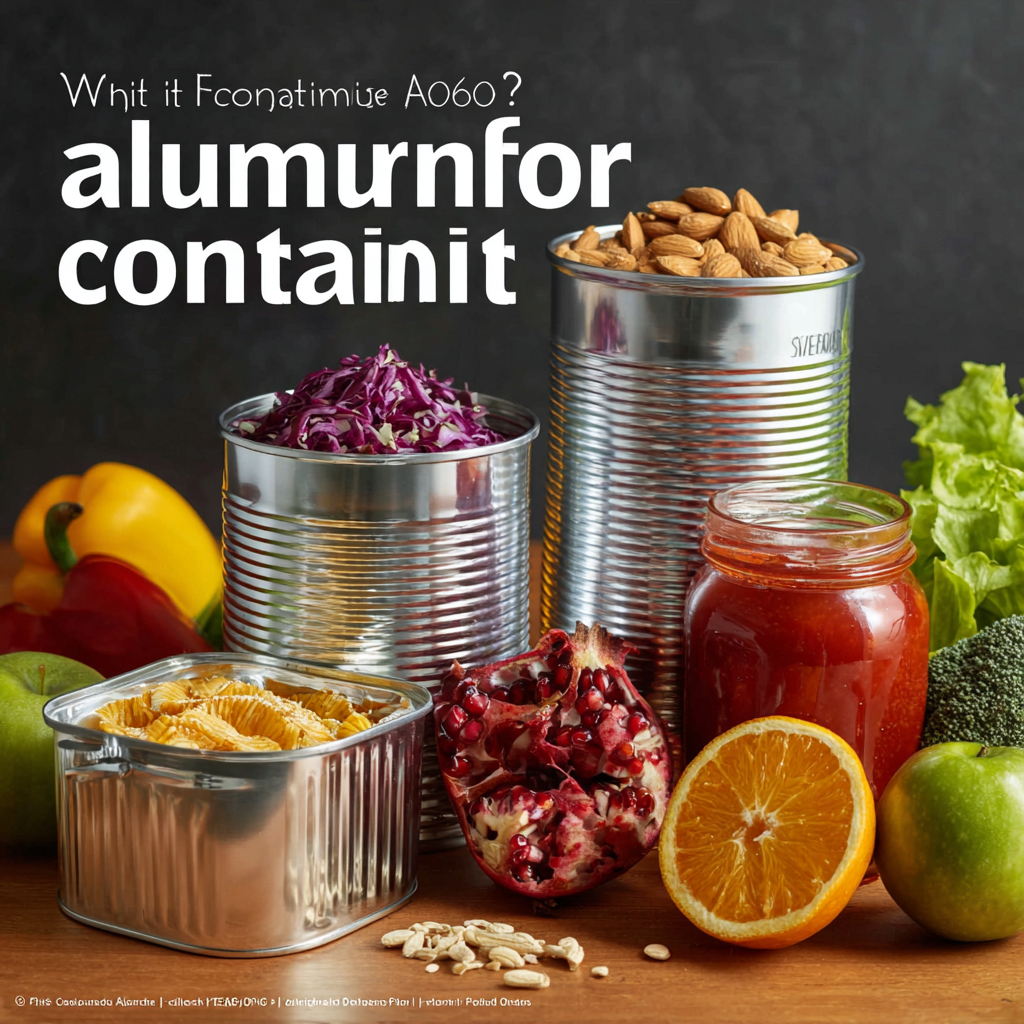
What is an Aluminium Food Container and Its Market Overview
Aluminium food containers are versatile packaging options that cater to various culinary needs. They are manufactured from aluminium sheets, plates, or extrusion products, providing a lightweight yet durable solution for food storage and transport. The aluminium market in North America is robust, with a significant share attributed to food packaging applications. According to market analyses, the demand for aluminium foil containers is projected to grow significantly, reflecting the increasing preference for sustainable and recyclable packaging solutions.
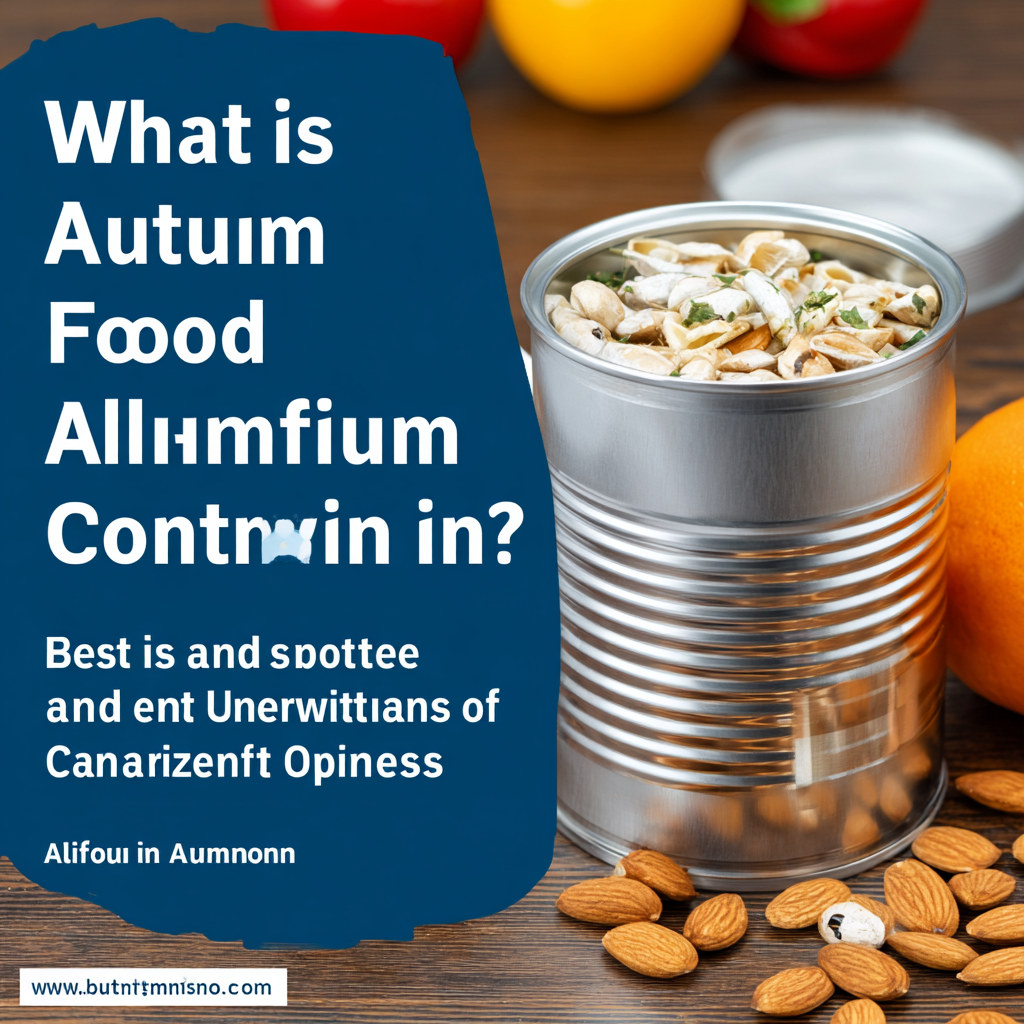
As the global aluminium foil packaging market is expected to escalate from USD 28.5 billion in 2025 to USD 48.7 billion by 2035, this indicates a promising outlook for aluminium food containers. Additionally, the aluminium caps and closures market, valued at approximately USD 14.60 billion, showcases the versatility of aluminium in food and beverage packaging. With growing awareness of environmental concerns and the shift towards eco-friendly packaging, the aluminium food container market is poised for sustained growth in the coming years.
Key Benefits of Aluminium Food Containers in the Food Packaging Industry
Aluminium food containers are gaining significant traction in the food packaging industry due to their numerous benefits. One key advantage is their lightweight nature, which facilitates lower transportation costs and reduces carbon emissions. With the North America aluminium market projected to grow from $35.84 billion in 2025 to $49.90 billion by 2032, at a compound annual growth rate (CAGR) of 4.8%, it's evident that the demand for sustainable packaging solutions is on the rise. Aluminium is not only recyclable but also offers excellent barrier properties, enhancing food preservation while maintaining freshness and safety.

As the global food packaging industry grapples with environmental challenges, the shift towards sustainable materials such as aluminium is becoming crucial. The prevalent reliance on plastics, coupled with growing consumer demand for convenience, has prompted a reevaluation of packaging strategies. Aluminium food containers stand out as eco-friendly alternatives that can be reused and recycled multiple times, helping businesses to align with emerging sustainability goals. This emphasis on circular packaging solutions positions aluminium as a key player in driving sustainability initiatives within the food packaging sector.
Common Uses of Aluminium Food Containers in Restaurants and Catering Services
Aluminium food containers have become an essential asset in the restaurant and catering industries, owing to their versatility and practicality. One of the primary uses of these containers is for takeout and delivery services. Restaurants can easily package meals, ensuring that they remain warm and fresh for customers. The lightweight nature of aluminium also allows for convenient transportation, while the material's ability to retain heat makes it ideal for serving hot dishes.
In catering services, aluminium food containers are favored for buffets and large gatherings. They are perfect for storing and transporting a variety of dishes, from appetizers to desserts, without worrying about spoilage. Additionally, aluminium is recyclable, which appeals to eco-conscious businesses looking to minimize waste. With options that include various sizes and compartments, these containers allow caterers to present food attractively and efficiently. Overall, the practicality of aluminium food containers supports a streamlined service, ensuring that both restaurants and catering services can meet their customers' needs effectively.
What is an Aluminium Food Container? Benefits, Uses, and Best Options
| Dimension | Description | Common Uses | Benefits |
|---|---|---|---|
| Size | Various sizes available (from small to large) | Takeaway meals, catering, food storage | Convenient for portion control |
| Material | Aluminium foil | Baking, roasting, grilling | Excellent heat conductivity |
| Reusability | Single-use or reusable options | Restaurants, cafes, meal prep | Cost-effective for bulk serving |
| Insulation | Good thermal insulator | Delivery, food service | Maintains food temperature |
| Sustainability | Recyclable material | Catering events, picnics | Environmentally friendly options |
Comparison of Aluminium Food Containers with Other Packaging Materials
Aluminium food containers have gained significant traction in the food packaging industry, especially when compared to alternatives such as plastic or glass. According to a report by Smithers Pira, the global aluminium foil market is expected to reach around $41 billion by 2024, primarily driven by its lightweight properties and recyclability. Unlike plastic, which can take hundreds of years to decompose, aluminium can be recycled multiple times without loss in quality, making it a more sustainable option. This aspect is particularly appealing in an era where consumers are increasingly aware of environmental impacts.
When juxtaposed with glass containers, aluminium offers enhanced durability and convenience. Glass is heavier and more prone to breakage, which poses risks during transportation and handling. In fact, a study published by the Flexible Packaging Association highlighted that aluminium containers are less likely to contribute to food spoilage due to their barrier properties, which keep air and moisture at bay. This efficiency in preserving food not only reduces waste but also enhances food safety, making aluminium a compelling choice for both manufacturers and consumers focused on practicality and sustainability in food packaging.
Top 5 Aluminium Food Container Brands and Their Industry Ratings
When it comes to selecting the right aluminium food containers, understanding which brands stand out in the industry can significantly impact your choice. The top five aluminium food container brands are recognized for their quality, sustainability, and customer satisfaction. According to recent industry reports, brands such as Reynolds Wrap, Eco-Foil, and Caterware have received high ratings due to their commitment to using eco-friendly materials and efficient manufacturing processes. Reynolds Wrap, for instance, reported a 30% increase in customer preference due to their use of recycled aluminium, reflecting a growing trend toward sustainability in food packaging.
Choosing the right aluminium food container can optimize both storage and cooking efficiency. Tips to consider include checking the thickness of the aluminium: a heavier gauge often indicates more durability and less chance of warping. Additionally, look for brands that offer recyclable options; Eco-Foil, with a 95% recyclable rate, not only meets environmental standards but also satisfies consumers' demand for responsible packaging.
When using aluminium containers, ensure that they are suitable for your specific application, whether it’s freezing, baking, or serving. Brands like Caterware excel in versatility, providing various sizes and shapes that cater to different culinary needs. Always review consumer ratings and product specifications to make an informed decision tailored to your personal or business requirements.
Aluminium Food Containers: Benefits and Usage Statistics
Related Posts
-
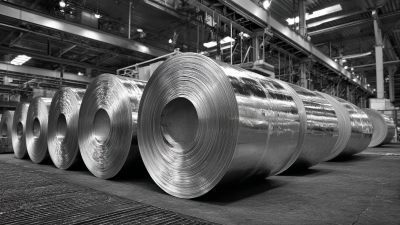
2025 Top 10 Industrial Aluminum Foil Products You Need to Know
-
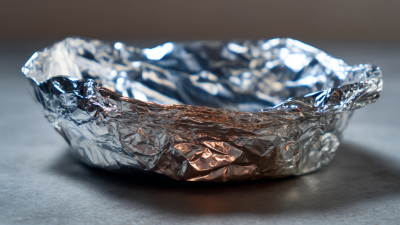
Exploring the Hidden Uses of Tin Foil: From Kitchen Hacks to DIY Crafts
-
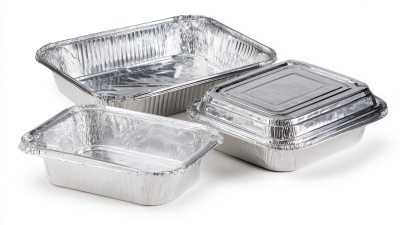
The Ultimate Guide to Choosing the Best Foil Container with Lid for Your Food Storage Needs
-
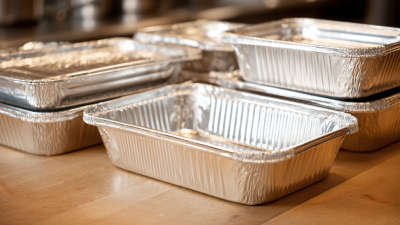
2025 Top 10 Aluminium Containers You Need for Your Kitchen Inventory
-

Exploring Market Trends for Wrapping Foil at the 138th Canton Fair 2025 in China
-
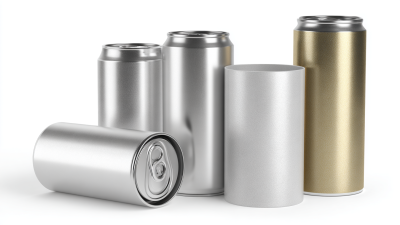
What is the Role of Aluminium Packaging in Modern Sustainability?
